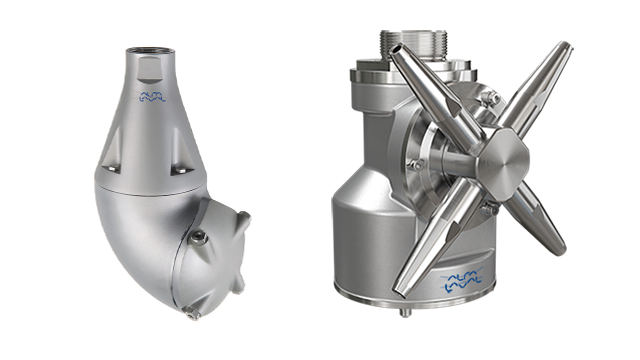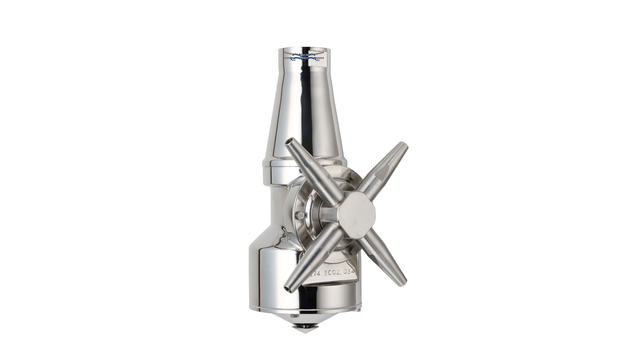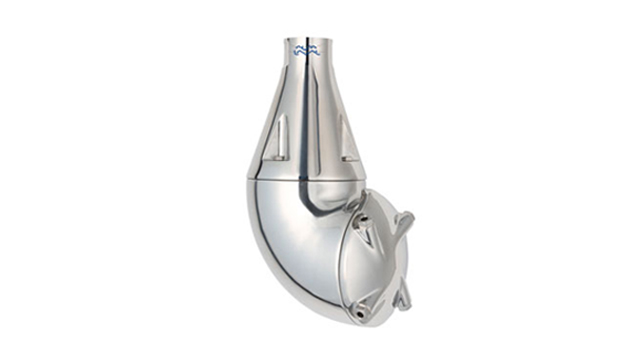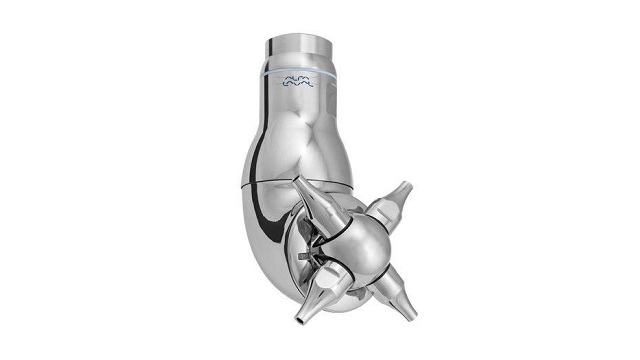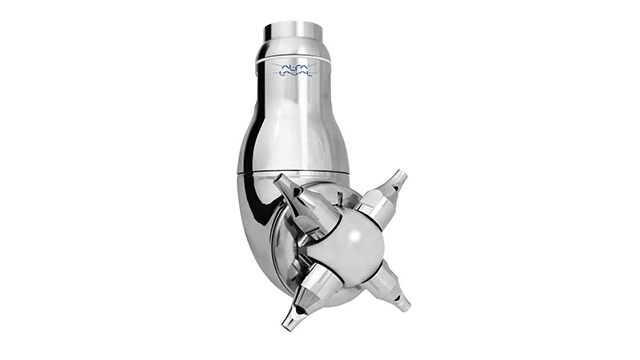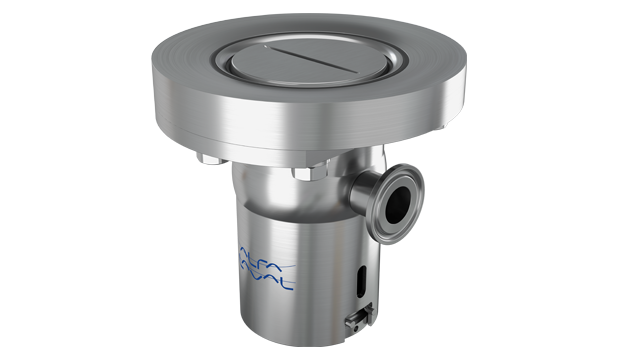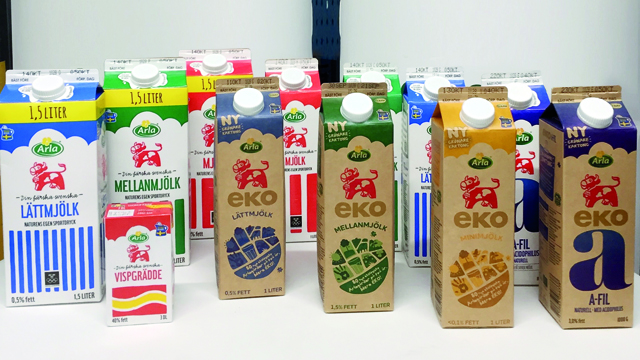Tank cleaning equipment
Regular tank cleaning is critical to product integrity, productivity and profitability for food, dairy and beverage producers.
What is tank cleaning
Tank cleaning refers to the thorough cleaning of the tank after each batch to prevent contamination and microbiological spoilage. For that the cleaning machines need to generate geometric reach of all interior surfaces (coverage) and sufficient impact force on the surfaces. The tank cleaning machines use a combination of mechanical cleaning (impact force), chemical cleaning action (caustic, acid, disinfectant), time and temperature.

What are tank cleaning machines
Different types of spray heads are used for tank cleaning. When tank cleaning machines are in place, it’s often hard to imagine making a switch.
Although the static spray ball is the most widely used permanently installed tank cleaning device, there are measurable benefits to upgrading to dynamic tank cleaning, especially when the risk of contamination is high and hygiene is a critical factor.
The dynamic movement and high impact force of the jets cut the costs associated with water, acid, caustic and disinfection by up to 70% and cleaning time by 50%.
Three tank cleaning technologies for manufacturing processes
- The Alfa Laval Static Spray Ball is the cleaning method of choice for low impact cleaning of water-soluble products. Cleaning requires long cycle times and large volumes of cleaning fluids and subsequently large volumes of wastewater.
- The Alfa Laval Rotary Spray Head uses the rotary motion and physical impact of the cleaning media to remove sticky residues from the tank interior.
- The Alfa Laval Rotary Jet Head provides a high-impact jet stream in a three-dimensional cleaning pattern to clean tough residues. The result is a thoroughly clean tank using a fraction of the time, energy, water and cleaning chemicals required for other tank cleaning solutions.
Most popular products
Discover the benefits of burst cleaning
Burst cleaning means applying the caustic directly to the tank without wetting first. Some or all of the caustic go to the drain (sacrificial caustic) however it is used in small amounts. When the caustic is running clear, the tank is clean and solids have been removed. This method reduces cleaning time and with that production downtime significantly.
Alfa Laval TJ40G Burst
A rotary jet head tank with a special nozzle that enables fast chemical wetting of the tank to help reduce cleaning time and water and chemical usage. Designed for hygienic applications such as food, dairy, personal care and beverages, it enables up to 70% reduction in operating costs.

